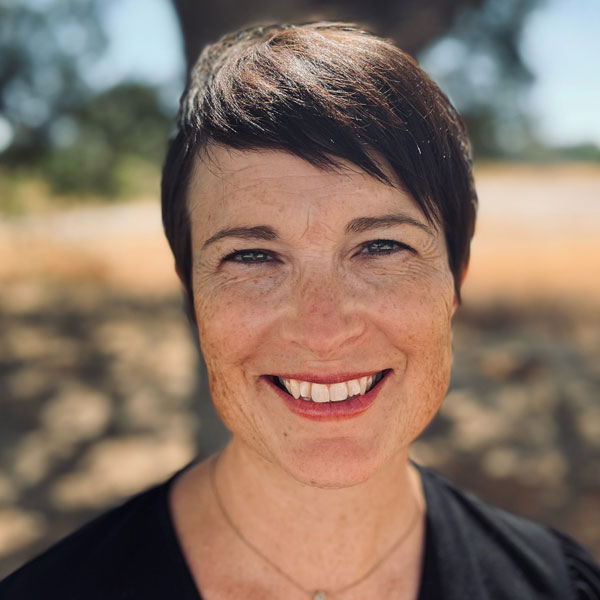 Homeschool to Traditional Classroom
Homeschool to Traditional Classroom
As our son approached middle school, I realized that I was no longer equipped to teach him adequately in math and science. Neither subject was enjoyable or interesting to me in middle school, except that time we took apart our science teacher’s lawn mower, cleaned it, and managed to get it running again. He called it a unit on engines. I think it’s called free labor. Either way, it was memorable. But I digress.
As seventh grade loomed around the corner for my son, I knew that I wanted someone who excelled in math and science to teach him. I could either hire private tutors and shuttle him to those classes, or he would need to return to a traditional classroom where the teachers could handle his questions without having to google the answer. We chose to find a school.
Since he had been homeschooled since kindergarten, I wanted the transition to a classroom to be successful, both socially and academically. I had been his primary teacher since kindergarten, and I had some educational concerns. How would he adjust from a flexible homeschooling schedule to a traditional school day with several different teachers and formal grading? Would we discover that he had major gaps in his learning that would prevent him from succeeding?
After visiting a few schools, we found a “hybrid” charter school. Students attend class on campus 2 days a week and work from home via an online platform the other days. Class size is smaller than average. The school’s online platform is the same as many universities’ systems, so it prepares students well for college life. This gentle transition back to the classroom has been excellent for my son.
I also wanted my son to successfully navigate social life at school. As homeschoolers, we often not only know our children’s friends, but also their families. We are involved in much of their social circles, since we double as parents and educators. I knew that would change with the new school environment. I wanted to foster good communication about his school days without prying or hovering. But how?
The wisest advice came from a trusted marriage and family therapist. She said, “The best conversations about your son’s day might not come when you ask. You might get a grunt or a one-word answer. The best conversations will happen when HE is ready to talk. Which will probably be at the worst time for you. It will happen at 10 pm, when you are exhausted and out of words. It might come when you are trying to meet a deadline or busy making dinner. Be ready. Stop. Give him your full attention. Make the time to talk when he decides to approach you. It will be worth it.” As we transitioned into more educational independence and a classroom outside our home, this advice has kept our communication open and honest.
The change from homeschool to the classroom has not always been easy. But it has been worth it to see him continue to thrive in this new setting.

Jo Baldwin first considered teaching as a career in seventh grade after helping a cousin survive summer school homework. Jo’s high school English teacher also inspired her love of teaching and continues to be one of her mentors to this day. After graduating with a B.A. in English and a secondary teaching credential from Northern Illinois University, she moved to California and taught in a private secondary school and then a public middle school. Jo now spends her time homeschooling two of her children, chasing animals on her hobby farm, and writing children’s literature. She loves to travel and explore wherever life takes her, wander through used bookstores, drink strong coffee with plenty of cream, and use newly sharpened pencils. She agrees with William Butler Yeats’ viewpoint on learning: “Education is not the filling of a pail, but the lighting of a fire.”

